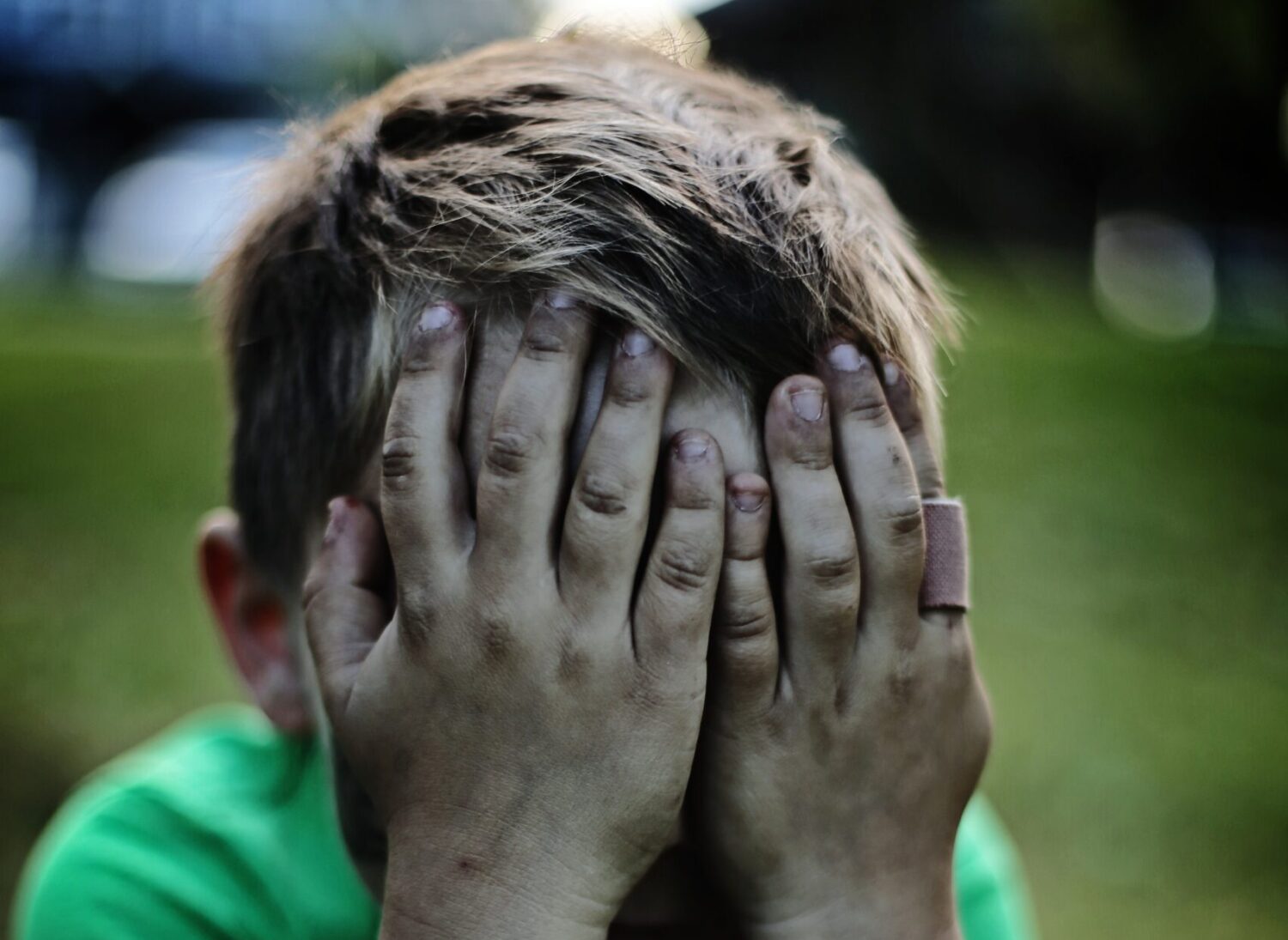Breaking Barriers: Empowering Holistic Approach to Cerebral Palsy
Cerebral palsy, also known as (CP) is a group of disorders that affects the ability to maintain balance between movement and posture of a child. This motor disability disorder is unfortunately quite common these days, which damages brain cells and affects cognitive behaviour, too.
The most common sign of cerebral palsy is having weakness or issues while using body muscles. CP is usually caused by abnormal brain development or damage while the brain develops in the womb. Read on to learn more!

Types Of C Palsy
Doctors classify cerebral palsy disease based on various types of movement disorders and the intensity of brain damage involved. For example:

- Stiff muscles (spastic cerebral palsy)
- Uncontrollable movements (dyskinesia or athetoid cerebral palsy)
- Poor balance and coordination (ataxia)
- Mixed or a combination of two types
For these kids, special needs toys for cerebral palsy can help.
How Does Cerebral Palsy Affect Children?
Most symptoms of CP appear during infancy or preschool years and vary from mild to severe. You might experience a child with CP may have exaggerated reflexes. For example, The arms, legs, and trunk may appear floppy, or they may have stiff muscles, this condition is known as spastic quadriplegic cerebral palsy.
Other symptoms include:
- Uncontrolled posture or movements
- Unstable walk
- Makes it hard to swallow
- Cerebral Palsy causes a lack of focus between eye muscles (eyes don’t focus on the same object)
- Reduced range of motion in their joints due to muscle stiffness.
Note: The symptoms of palsy can vary from child to child, consult a professional doctor for better diagnosis.
C Palsy: Effects On Different Age Groups
| Younger Than 6 Months of Age | Older Than 6 Months of Age | Older Than 10 Months of Age |
| The head lags when you pick your child | The child avoids rolling in either direction, like right or left | The child crawls in a crooked manner (pushing with one hand and leg while dragging the opposite leg or hand) |
| The child’s body seems to be stiff or floppy | They fail to bring their hands together | The child faces difficulty in standing on their own even after having support |
| The child does cross leg with scissors when you pick them up | The child faces difficulty in bringing their hands to their mouth | |
| The child only reaches out with one hand and restricts the other |
4 Critical Signals You Require Urgent Diagnosis
For better diagnosis, you need to learn some critical signals to assess the stage of cerebral palsy your child is suffering from.
Disability in Movements
If your child is experiencing issues with movement, like he is not able to handle his posture/body weight and is also unable to stand, get a prompt diagnosis for tailored cerebral palsy treatment as soon as possible.
Delay in Development
If your child has delays in development (delay in learning to crawl, delay in speaking, etc.), it’s the biggest sign that you should consult a doctor and get your children checked for CP.
Loss of Awareness
If your child has episodes of loss of awareness or irregular bodily movements or posture, it’s an alarming stage where you require immediate assistance from a healthcare professional.
Weak Swallowing Power
If your child is facing trouble swallowing, avoid treating them at home. Get him checked, and provide tailored-made treatment as there are various reasons responsible for weak swallowing, for example, weak gums, weak teeth, troublesome food pipes, or due to CP.
Takeaway
Embracing a holistic approach to children who have cerebral palsy involves early detection, personalized treatment, and continuous moral support.
By recognizing symptoms like developmental delays, prompt diagnosis can lead to tailored therapies, improving a child’s quality of life. Despite suffering from persistent conditions, proactive medical attention, including rehabilitation and assistive technologies, can play a vital role in the overall development of your children.
FAQ’s
Is Cerebral Palsy permanent?
This motor disability disorder is a persistent condition with no identified cure. Nevertheless, there are various treatments accessible that aim to alleviate the symptoms linked to the condition.
Does it get’s worse over time?
Cerebral Palsy is described as a non-progressive condition, which indicates that a child’s brain will not deteriorate or get damaged with time. Nevertheless, as a child grows older with CP, their basic care or support requirements change. For example, walking on tiptoes and having rigid limbs leads to joint and bone problems at a later stage, which may require surgical interventions or other treatment.
Is Cerebral Palsy a Genetic Disorder?
No. its isn’t a genetic disorder, it’s usually due to an injury caused to a baby’s developing brain. Which results from an event that occurs during pregnancy or childbirth.
What are treatment options for C Pals?
A child with CP requirements can change over time. Thus child’s healthcare professionals must pay regular attention to his health and provide tailored treatment accordingly.
- Cerebral Palsy Therapies
- Rehabilitation
- Orthotic Devices
- Assistive Devices and Technologies
- Medication
- Surgery
What is Mixed-Type CP?
Mixed-type CP affects both muscle tone and voluntary movement of the brain. It is sudden at first, but as the child gets older, it develops involuntary or athetoid movements as well.






Pingback: Navigating Spastic Quadriplegia Cerebral Palsy: A Comprehensive Guide for Parents - HopeforSpecial